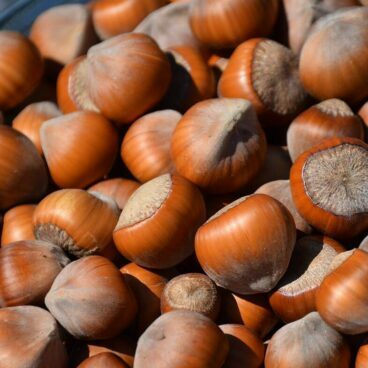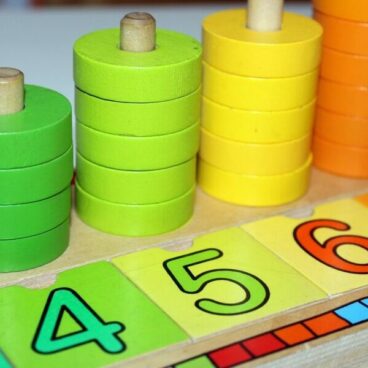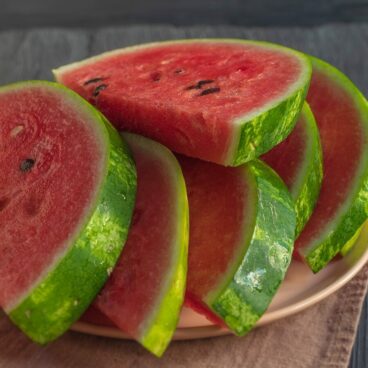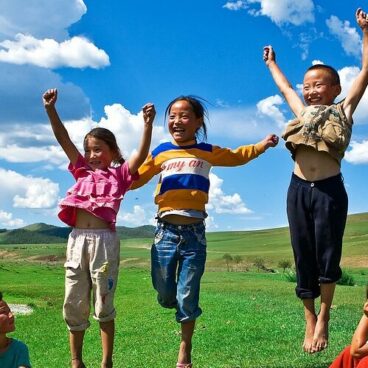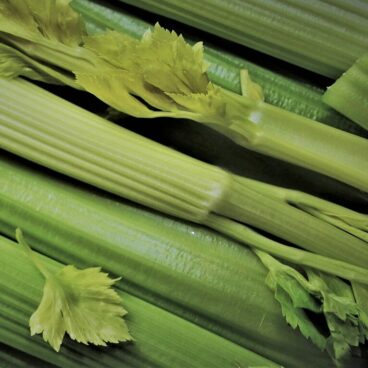Chip Bee Science Play Dates
春种一粒粟,秋收万颗子
GREAT OUTCOMES FROM SMALL BEGINNINGS
Grow Seed, Grow! 种子,快快长大!
This week, we learn about growing! We will see how different seeds make different plants, and how to plant a seed. Object permanence also features strongly (if I can’t see something, does it still exist?), we talk about gravity (having fun with ‘up’ and ‘down’) as well as lots of games, songs, and play. We will play with soil this week, so please come prepared to get dirty!
Our book this week is Eric Carl’s “The Tiny Seed” (小种子) a story about the journey of a seed that falls from a tree and travels across many challenges before settling and becoming a beautiful flower. A reminder: please ensure all children are accompanied by a parent or guardian and bring their art sketchbook.
Our aim is for the children to have fun, give them an opportunity to socialise, and develop a love for learning and a sense of curiosity. Secondary to this, we note that schools sometimes have steep and at times stressful learning curves in P1, so if we can make this journey easier by introducing concepts early and in a way children experience only as fun games, we hope to encourage confidence and give them an easier start to school later on. Each lesson is linked to the MOE curriculum in an age-appropriate way, and you can check the learning outcomes to see what is covered. Please note though, that this is a non-commercial collaborative play date, so whilst we do our best, keep in mind we are not a formal school.
